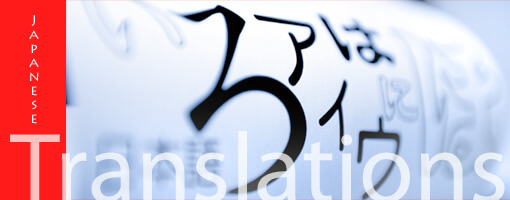Spanish: The Language of Positivity
A unique test that compared 10 of the world’s most used languages revealed that Spanish used more emotionally positive words in its language than the others. The test was completed in Vermont in the United States using 10,000 of the commonest words in each of the 10 languages, translating them, and then asking a bevy of native speakers to rate them in terms of “positivity”.
Language and Emotional Positivity
It seems that in fact all languages tend to have a bias towards positive language use rather than dwell on negative language, but some languages are definitely “happier” than others, although whether the actual users of those words are just as happy was not part of the research!
Languages Included in the Survey
The languages involved in the survey were Arabic, Chinese, English, French, German, Indonesian, Korean, Portuguese, Russian and Spanish. Literally, billions of words were selected from a number of different sources of each language, from the internet, song lyrics, Twitter, and even movie subtitles. The first step involved finding the 10,000 words of each language that were used the most commonly from the words selected from the sources described above.
Then a certified translation service was contracted to find around 2,000 people who were native speakers of these 10 languages and ask them to rate the words in terms of a 10-point scale of emotiveness from least positive to most positive. The rating was done using emoticons like smiling faces so that it could be done relatively rapidly.
The results showed that every single language had far more positive word usage than negative word usage. In the English language, for instance, the word “laughter” was found to be used over three times as often as the word “greed” and the word “food” was used three times as often as “terrorist”.
The results were evidence in favor of a hypothesis known as the “Pollyanna Hypothesis” put forward by psychologists in the United States back in 1969 that all languages shared the same characteristic of emphasizing positive thoughts and emotions.
The survey also revealed clear differences between different languages with Spanish language coming out on top in terms of “happy” word use and Chinese at the bottom, just below Korean!
Of course, it may be that the Chinese and Koreans are simply more realistic than the Spanish or more honest: but that’s not what the survey was all about!




















